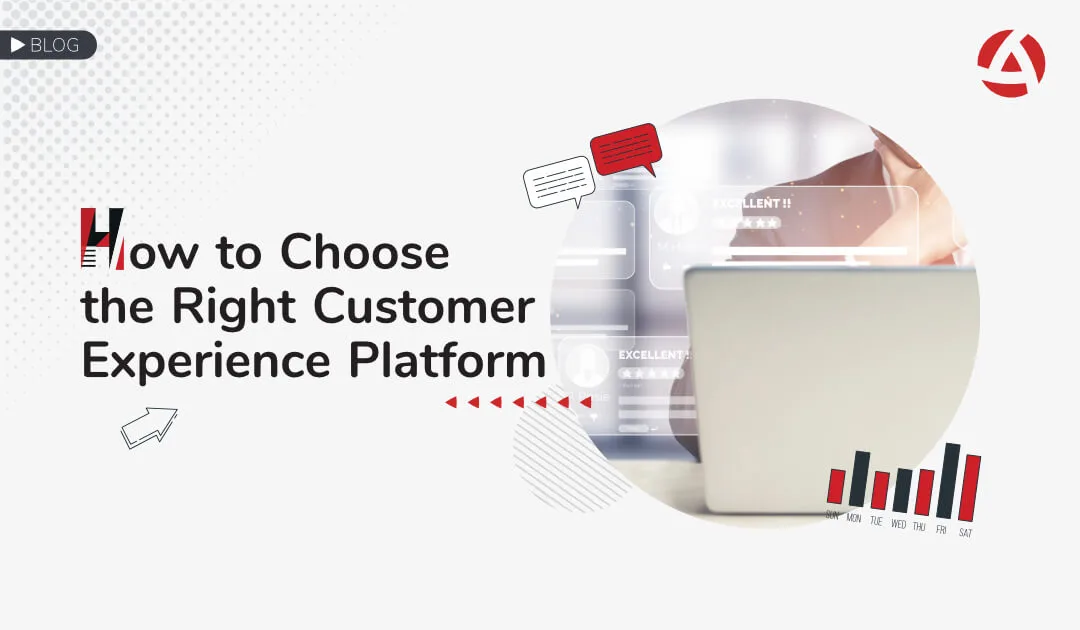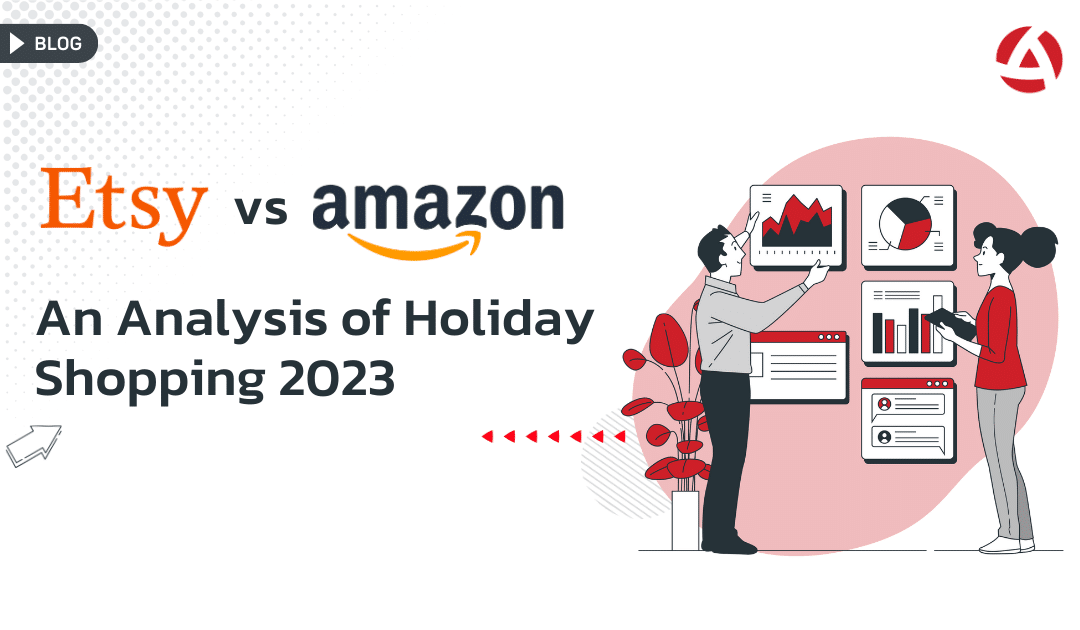Choosing the Right Customer Experience Platform Leads to High-Quality CX
Customer Experience (CX) is the overall experience that customers have during the relationship with the delivered product/ service from first contact to becoming a happy and loyal customer. Certain moments of truth occur during the entire journey along channels that open through face-to-face interactions, contact center, mobile applications, or corporate websites. Each touch is simply an interaction between the customer and brand. These communications are unique opportunities to build relationships and deliver on the brand promise that brought the customer to this point. In this realm, managing customer experience in a more professional way by leveraging a high-tech and high-touch customer experience platform becomes today’s imperative for tremendous business results.
What to Expect from a Customer Experience Platform
Before guiding you in how to choose a CX platform, we first must clarify what you should expect from a CX platform. First, you should have a unified customer feedback view. There are many ways for collecting and unifying customer feedback, and these methods vary according to the implementation of basic to complex tools. Some companies send simple customer surveys to check the performance of delivered products/services. Considering the increase in the number of channels and interactions with customers in the digital era, collecting this feedback becomes much more complex. Also, processing data created through surveys, support tickets, social media, and recorded phone calls requires smart technologies and analytical capabilities. These developments necessitate customer experience platforms to process feedback data in real-time and improve customer experience accordingly.
What is more, a good CX platform can compare multiple layers of data and statistics to enable organizations to identify any experience gaps. They connect operational databases with human feedback, analyzing respondents’ emotions, beliefs, and sentiments in order to ascertain a holistic view of customer experience. Methods include artificial intelligence, predictive customer experience analytics, and statistical models.
Put simply, a CX platform is an important tool that helps you gauge customer sentiments and their overall experience with your brand. When done right, it can reveal if your business is succeeding or failing in its CX efforts.
6 Steps to Choose the Right CX Platform
So now, we want to share some tips on how to choose the right platform for transforming your Customer Experience:
- Start with a clear objective: To build any successful platform, you need to ask “WHY?” Before you even begin asking your customers, start asking yourself: “Why do we want to capture customer opinions and feedback?” Understand where you want to go, before you start.
- Discover your current and future needs: Expectations and requirements are changing over time with technological developments. Therefore, the platform you pick should support you for the long-term, rather than simply meeting current needs. Parallelly, you aim to deliver a quick ROI to unlock future budget for CX programs. We recommend you address your current and potential future requirements through the CX platform. It’s important to consider technological capabilities, flexibility, and other aspects.
- Write an RFP document: Once you have a list of your needs, put these into a Request for Proposal (RFP) document. It’s better to be clear on what the solution requires, and what is an extra option. Customer experience depends on involvement of multiple departments from customer service to marketing and sales, so make sure they all align in the RFP to ensure it captures everyone’s needs. As with any technology purchase, check with IT to confirm your requirements fit the overall corporate strategy for easy interoperability within existing systems.
- Make enhanced market research: When your RFP is ready, it’s time to search the market for your CX partner. Look beyond analysts to find vendors that are a fit with your organization. The first question is: How customer-centric are they? They should be customer obsessed, a quality which is totally reflected in their products and services. Technical capacity is also important for the long-term relationship. Again, look forward and find out about their future development roadmap. How much are they spending on research and development? How expert are they at key technologies such as Artificial Intelligence – and is this expertise home-grown or simply licensed from another provider?
- Reference check: To get an independent view, ask people in your network for recommendations around their CX platforms and experience. Make sure that you speak to existing customers with similar needs to yours; find out how they are using a vendor’s platform and what are the results so far. What value are they getting? How responsive is the vendor to their needs? What training and support is available to get the best from the solution?
- Build a trustworthy partnership: Together with your selected partner, you are going to look after your customers, the most valued asset of your company. You should always be demanding about technical capabilities and soft expertise as you explore future opportunities to improve customer experience. This requires cooperation for creating the best CX platform ever.
Conclusion
Every company has different needs and requirements when it comes to the customer experience. Dedicate some time to understanding your own needs and how they are likely to change. Research the best fit in the market, look at multiple solutions and talk to existing customers to form an objective perspective. Your selected customer experience platform would be central to your business competitiveness – so make sure that you follow a proper selection process to ensure that your solution helps you thrive now and into the future.




